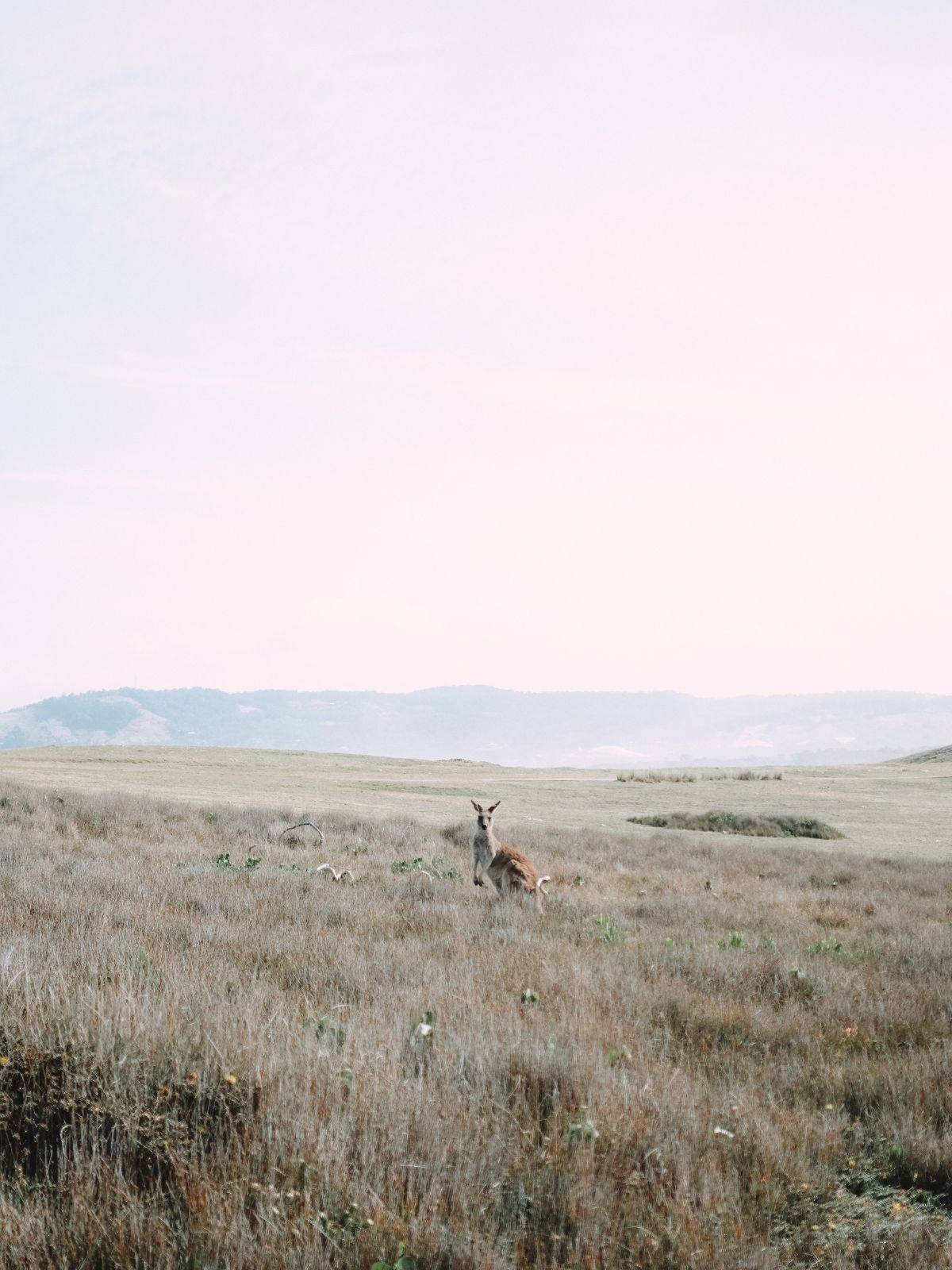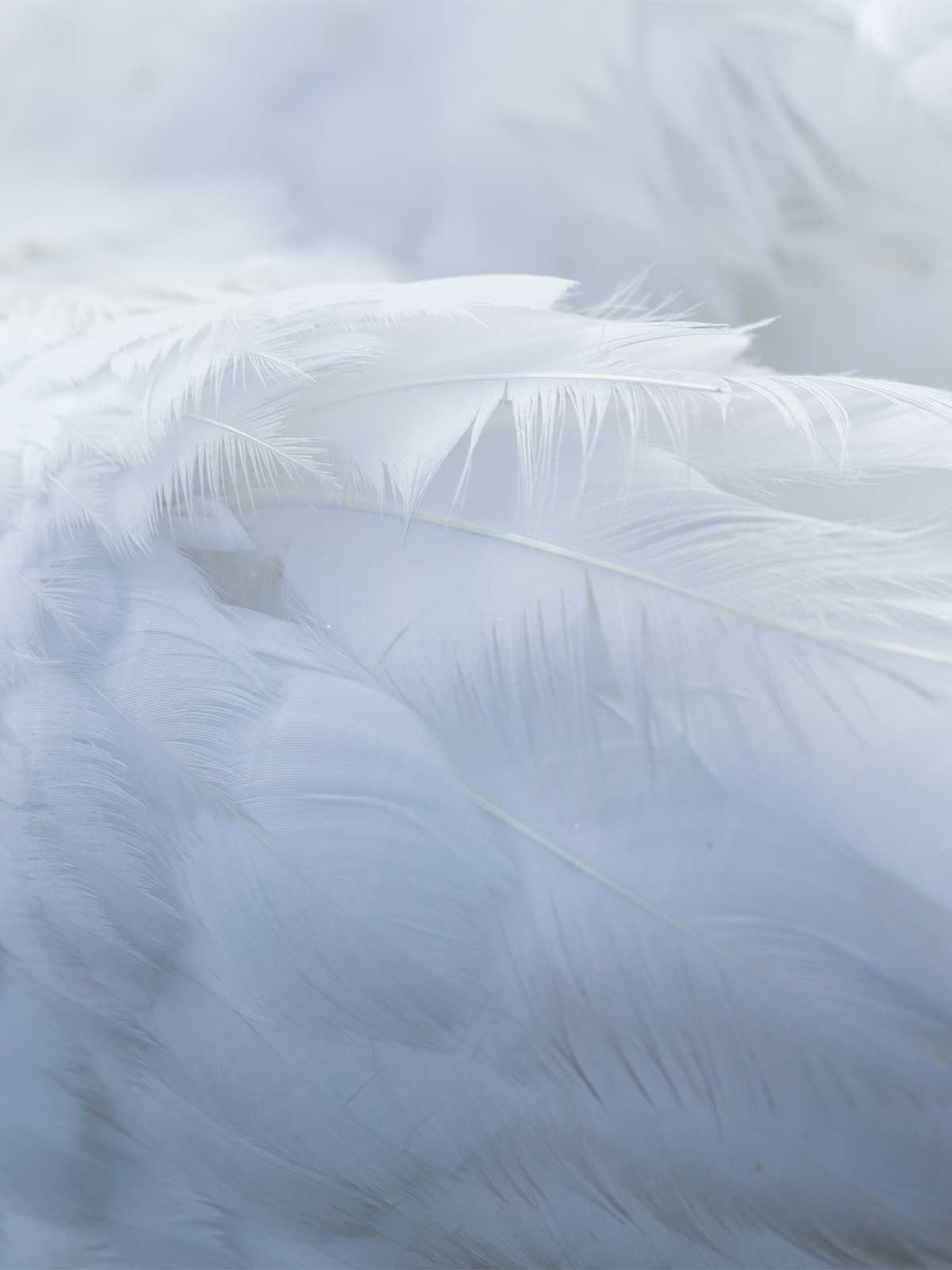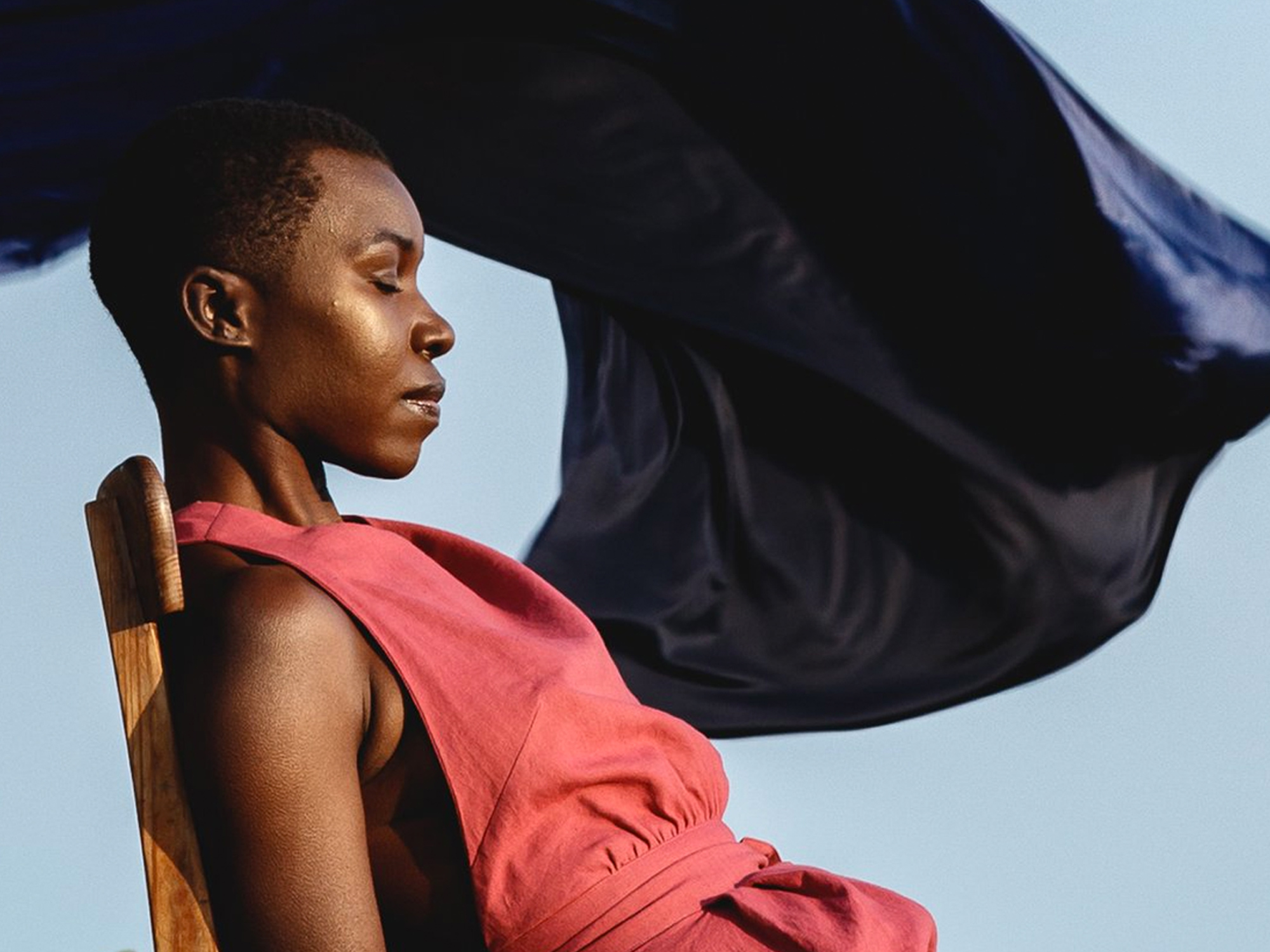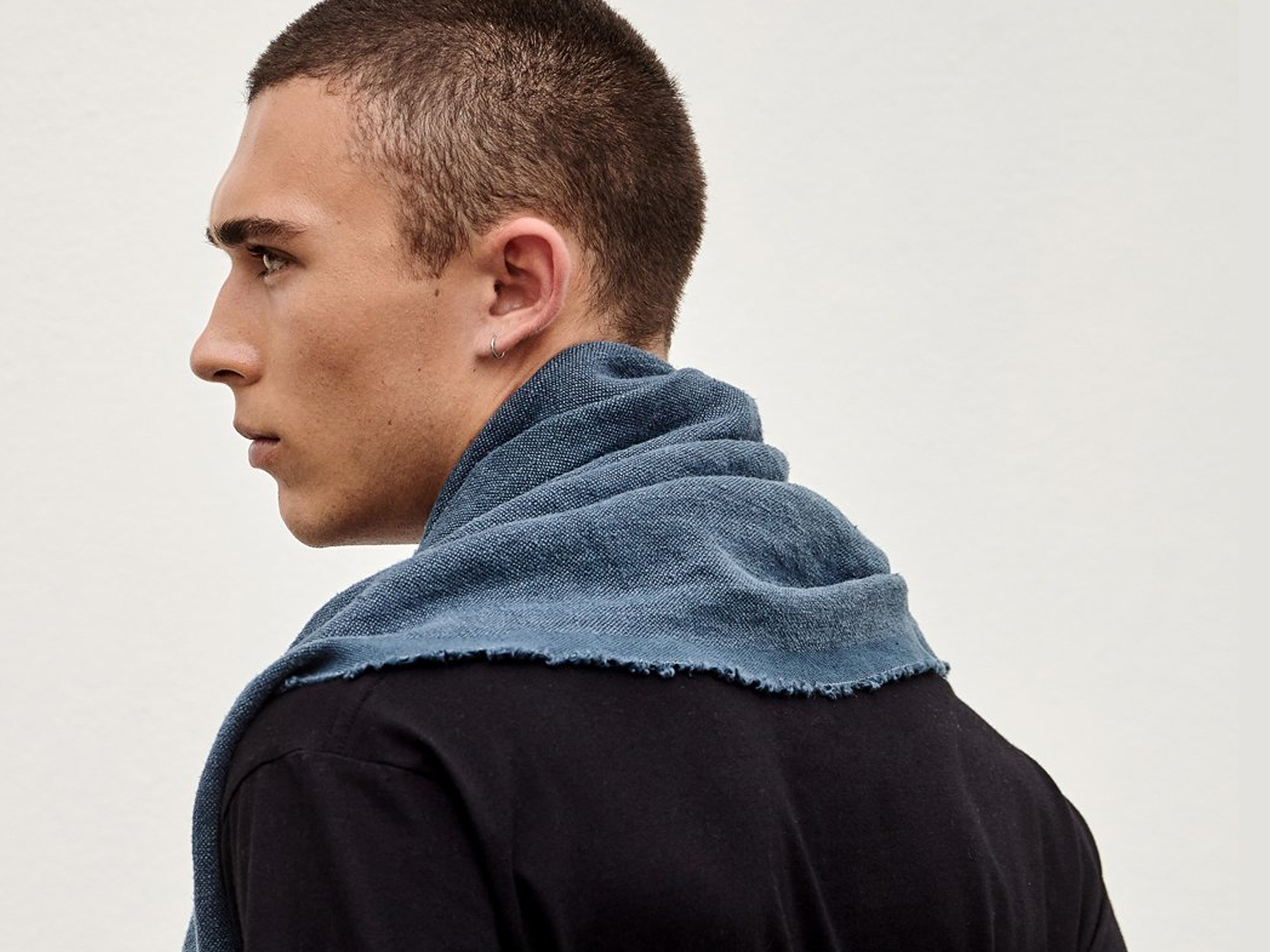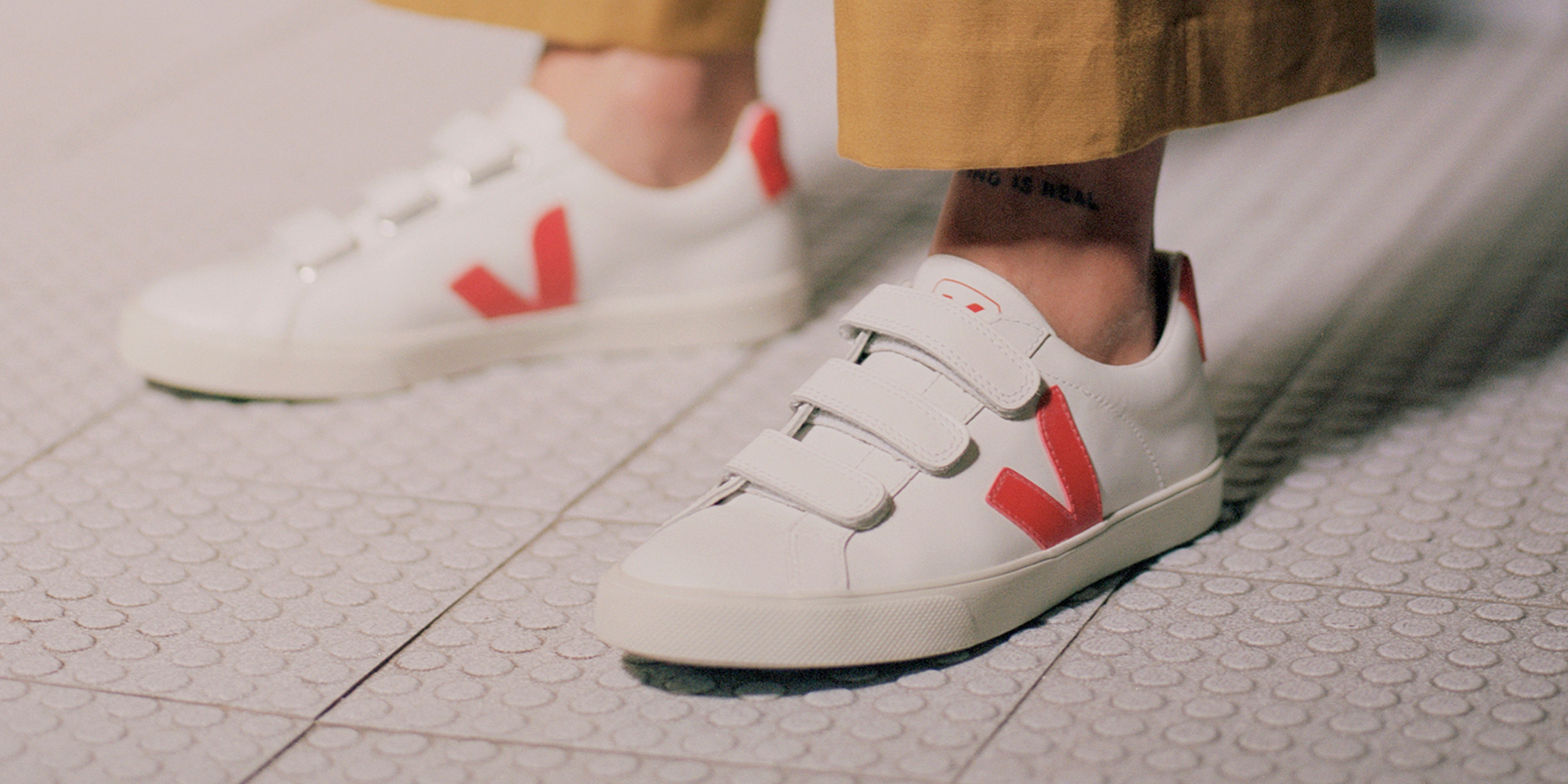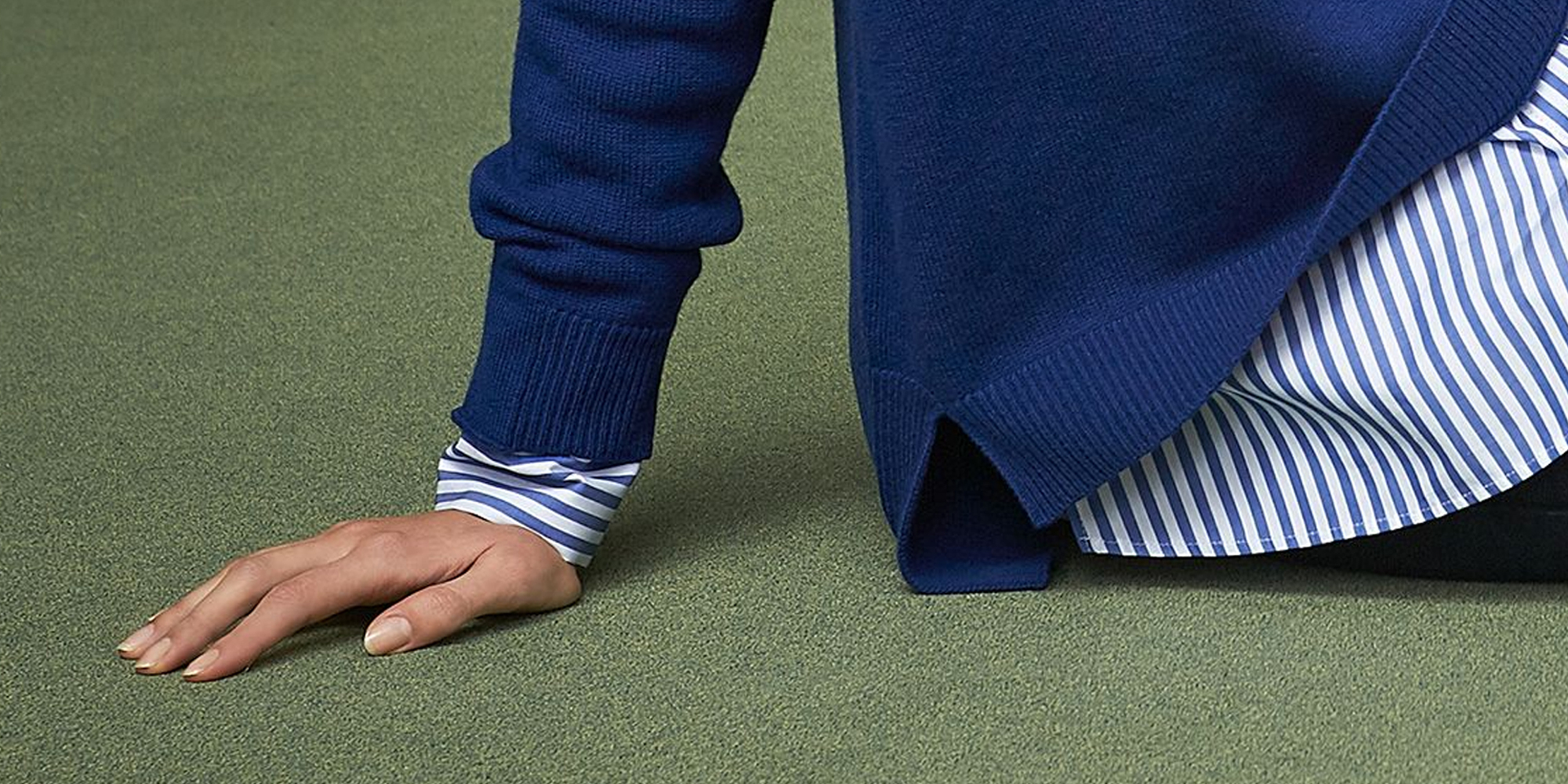In late May, Japanese sports brands Asics and Mizuno announced they’d stop using kangaroo leather for their football boots—it’s the latest in an industry-wide distancing from the animal skin that has historically been a popular choice, with some even claiming it is a better and more sustainable alternative to cow leather. Here, Emma Håkansson—animal rights activist and founding director of Collective Fashion Justice—explains the realities of kangaroo leather.
What is kangaroo leather?
Kangaroo leather is the tanned skin of kangaroos, a native Australian species that is regularly and legally shot in a commercial industry by the millions. Kangaroo leather is considered to be soft, thin, and flexible as compared to cow skin leather. It is used for gloves, and most commonly, for sports shoes worn by football players around the world.
In the last few years, some of the world’s biggest brands have committed to phasing out the material after pressure from activists—by the end of 2023, Nike, Adidas, Puma, Prada, and Versace had banned its use, New Balance followed in 2024, and calls for other brands to follow suit continue. While some may be unaware of the harm caused by their material choices, the fashion industry must dedicate itself to becoming far better informed about what its supply chains support.
It’s common for kangaroo leather to be labelled simply as “k-leather”, meaning some people are likely to purchase the skins without understanding what they are really paying for.
Concerningly, it’s common for kangaroo leather to be labelled simply as “k-leather”, meaning some people are likely to purchase the skins without understanding what they are really buying.
The kangaroo leather industry sometimes claims to be a more ethical alternative to cow skin leather, as the industry shoots native, free-living kangaroos, rather than confining cattle to feedlots, or performing any cruel standard practices on them, as the cattle industry does. The industry adamantly claims that shooting kangaroos is sustainable, going so far as to label the indigenous creatures as “pests” that must be lethally controlled. As you’ll see, this is far from the truth.
Let’s talk about kangaroos
Kangaroos are a species of macropod native to the land now referred to as Australia. These indigenous species have lived on the land for some 20 million years. The oldest intact rock painting in Australia is well over 17,000 years old, found in Western Australia on Wilinggin land, and depicts a large kangaroo.
Kangaroos live in matriarchal societies. Despite common misconception that frames kangaroos as rampant overbreeding pests, they are intuitive breeders which, when undisturbed, reproduce stably in relation to the state of their environment.
There are a number of different kangaroo species, with the Eastern Grey and Red kangaroo being most well known. Since European colonisation, six species in the macropod family have become extinct, and a number face serious risks today. Leading factors currently harming kangaroos are the leather industry which skins them, hunting, habitat destruction, and broader ecological crises.
Kangaroos in Indigenous cultures
Any conversation about kangaroo leather should include Indigenous voices, but they are too often left out of both the ethical conversations of animal rights activists and the profits of the commercial industry.
Kangaroos and their skins are used to fulfil a variety of roles in some Indigenous cultures. As the beliefs of Indigenous cultures are diverse and not monolithic, a wide range of historic and contemporary views on the issue exist. Some Indigenous cultures traditionally use kangaroo skins. One example of this use is the Booka, a cloak made of kangaroo skin and traditionally worn by the Noongar peoples of southwestern Australia. Meanwhile, some young Indigenous artists are continuing traditional Aboriginal cloak-making traditions using various kangaroo and possum skins.
It’s also important to note that traditionally and still today, kangaroos are a source of sustenance for many Indigenous people. Indigenous chef Clayton Donovan, for example, said to The Guardian: “these proteins, I don’t know how far we’d live without them”, describing the relationship as complex and often tied to traditional land management practices.
Conversely, some “Traditional Owners” recognise kangaroos within a totemic system, where different natural objects, plants, and animals are inherited by clans and families as spiritual emblems. Clan families are “responsible for the stewardship of their totem”. In this way, some Indigenous voices have spoken to the inherent rights of kangaroos as native animals, who the late Elder Uncle Max (Dulumunmun) Harrison referred to as “the first Australians”.
It is colonialism that sees country as only something to gain a financial profit from—to be used, to be abused—and that sees kangaroos as a pest.
Aunty Ro Mudyin Godwin
Aunty Ro Mudyin Godwin is one of the most prominent advocates for her totem, the kangaroo. Aunty Ro reminds us that the commercial killing of kangaroos for leather and profit is a disrespectful and unjust symptom of colonisation:
“It is colonialism that sees country as only something to gain a financial profit from—to be used, to be abused—and that sees kangaroos as a pest… Current [government] are not just environmental vandals but they are engaging in the very same genocide upon kangaroos that was instigated upon we Indigenous people, the thylacine, and indeed the koala. This is their [and] my ancestral home… Every time one of these totemic animals is gunned down a part of myself—my family—dies.”
Unfortunately, the commercial kangaroo slaughtering industry largely disregards and excludes the concerns of Traditional Owners.
Is kangaroo leather sustainable?
Animal advocates argue a simple point: kangaroos are individuals worthy of respect. But it goes deeper than that. Kangaroos are also a key part of a critically important environmental factor: biodiversity. Biodiversity is the abundant and diverse array of plants and animals on Earth, and without it, ecosystems cannot thrive.
Some proponents of kangaroo leather cite reports that suggest kangaroo meat has a lower carbon footprint than cows, but other data suggests the opposite. It’s clear that research into the footprint of products, whether meat or leather, is limited and hard to compare. What is certain, though, is that kangaroo leather production is harmful to kangaroos themselves, and the ecosystems they are a part of.
The largest land-dwelling wildlife slaughter on the planet
The slaughter of kangaroos across their native land has been labelled as the largest commercial slaughter of any land-dwelling wildlife in the world—a 2020 report by the Centre for a Humane Economy noted that around 2 million kangaroos are killed for their skins by commercial shooters every year. The Australian government, which permits this killing, has in the past described the trade of kangaroo skins for leather as the “backbone” of the shooting industry, which brings in nearly $90 million per year.
The Australian government has estimated that around 34 million kangaroos live across Australia. In the last decade, a shocking estimated 31.5 million kangaroos have been killed by the agricultural industry which sells their skins and flesh as leather and meat, the latter often marketed as companion animal food.
The protection of kangaroos is critical: we cannot afford to lose any more species.
Kangaroo populations are in decline, according to Australia’s chief scientific body. But the Australian government still describes kangaroos as “pests”, providing licences to harm them. Since 2000, CSIRO (Commonwealth Scientific and Industrial Research Organisation) states that as many as 42% of identified kangaroo populations have undergone an overall decline in abundance.
A growing number of scientists dispute claims made by the government that the commercial killing of kangaroos is “sustainable”. More Australian mammals have been driven to extinction than those in any other continent, and local extinction risks for kangaroos exist today. The protection of kangaroos is critical: we cannot afford to lose any more species.
Kangaroos and their role in the ecosystem
The ecological benefits of kangaroos as compared to farmed animals who are similarly skinned for leather have been used to justify opting for kangaroo leather over cow or sheep skins. However, such environmental benefits should serve as reasons to protect this native species, and to move beyond all animal skins to more sustainable, ethical alternatives.
Kangaroos support vegetation biodiversity and naturally participate in bushfire prevention as they graze.
Kangaroos support vegetation biodiversity and naturally participate in bushfire prevention as they graze. Their fur traps spores and seeds which are redistributed throughout landscapes as they move, and their large toes can also aerate compacted and depleted soils.
While some areas are considered to have an unusually high number of kangaroos, the destruction of kangaroo habitat for inefficient agriculture (particularly animal rearing), as well as the killing of Australia’s apex predator, the dingo, are major issues, rather than kangaroos themselves.
Impact on individual kangaroos?
We’ve explored how the mass killing of kangaroos hurts their species, but individual kangaroos targeted by the leather industry suffer immensely too.
A poorly regulated, cruel industry
Kangaroos are usually shot and killed at night, when there is low visibility. These killings also occur in rural locations, making monitoring of industry practices nearly impossible. As a result, codes of practice for how kangaroos “should” be shot exist, but are incredibly difficult to enforce. This makes it difficult for brands using kangaroo leather to know what really goes on in their supply chains.
Because of this, some conservative estimates find that as many as 94,000 kangaroos are killed and “processed” each year through methods that violate codes of practice. Some reporting suggests that 40% of kangaroos are shot in the neck, rather than the head, resulting in a slow, painful death.
The killing of young joeys
Perhaps the most distressing part of the kangaroo leather supply chain is the treatment of baby kangaroos, known as joeys. Each year, an estimated 440,000 dependent young kangaroos are killed either by being left to starve, or by being clubbed to death. Footage of this legal, standard practice is chilling, and far from what we’d think of when we talk about “ethical fashion”.
How does kangaroo leather impact workers?
As with any other leather, kangaroo leather is transformed through a tanning process. The skins of all human and non-human animals naturally break down when we die. The tanning process renders “organic matter” as “inorganic”, so that this decomposition process is permanently altered.
Most leather produced around the globe, regardless of species, is tanned with carcinogenic chemicals like chromium, which not only negatively impact the environment, but tannery workers, too. Tannery workers suffer cancer at high rates due to their exposure to tanning chemicals. Tanneries are also highly polluting in many instances, harming surrounding communities.
Sustainable, ethical alternatives to kangaroo leather
If you’re looking to avoid kangaroo leather products, there is a wide range of leather alternatives. Here are just some of them:
- Recycled leathers, including recycled synthetic leather (ideally certified by the Global Recycling Standard).
- Partly bio-based leathers, like VEGEA derived from wine industry waste; Desserto, made partly from cacti; AppleSkin made from apple skins, cores, and seeds; and Piñaex, made from pineapple plant leaf fibres. It’s important to keep in mind, however, that these are often coated or mixed with synthetic materials and therefore have an environmental impact.
- MIRUM, a plastic-free, USDA biopreferred certified leather alternative made from plant-based and other natural substances like clays.
- Cork, a largely unprocessed and wholly natural material pulled from trees without harming them. Make sure to opt for cotton-backed cork rather than cork that’s backed with a virgin synthetic material.
- Washable paper and Treekind are two tree-based, biodegradable alternatives to leather.
